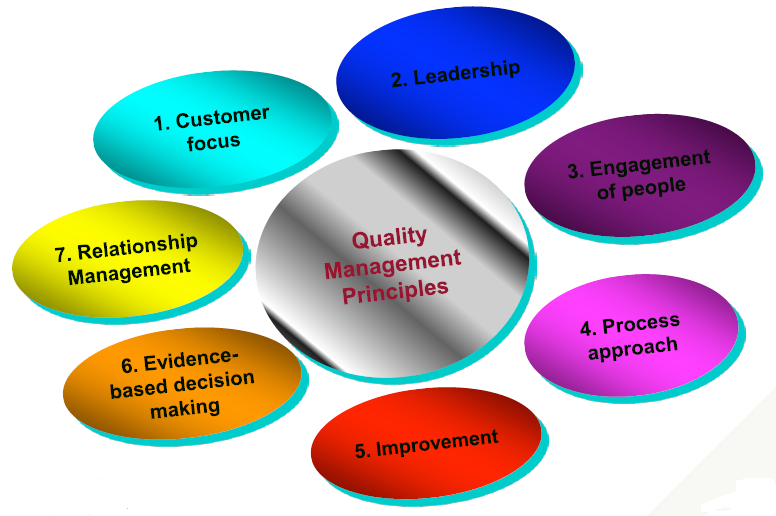
Quality
The know-how of Swiss Power Solutions in management maintenance solutions, maintenance process development and coordination as well as global knowledge combined with the support and insight into our resources ensure that we can offer our customers the best possible service.
Swiss Power Solutions strives to establish best perfomance whenever we can. The quality of the service is a string that runs through all aspects of our operation with ISO 9001, OHAS 18001 and Investing in in every employee.
There are many evidences that show that the quality of maintenance and commissioning of UPS needs to be improved in Oil & gas industry . We have set up our quality management service QMS to ensure customers a quality service at a reasonable price.
Our Quality Management system:
A quality management system (QMS) consists of two types of activities. Quality assurance (QA) is intended to integrate quality into the process. Quality Control (QC) is designed to achieve the worthwhile quality levels through the process. It needs both types of activities to achieve desirable quality goals.
In order to achieve quality assurance, we need to maintain specific maintenance by well-trained people using accuracy methods and well-written procedures also quality assurance by inserting steps in the procedures that the person doing the work to do a number and the person Is achieved monitoring the work to approve the number.
Quality control means that the discipline must return after closing the job to take what has been referred to as a reference for status monitoring over the years. Certainly, this is a considerable step for the status monitoring program, but changing the focus from obtaining reference measurements to quality control of the work done will lead to a greater return on these status monitoring tools. The use of thermography, and ultrasound tools will improve our team ability to detect misalignments, tight connections, lack of insulation, and other installation errors after maintenance.
To achieve the QA & QC, the following changes are needed:
1- Build all levels Support;
Support from all levels of the company is critical to the success of this program. The potential value must be shown, and the position and file must be shown what is in it for them. "Evidence from a 1986 Electric Power Research Institute study suggests that a precision continuous maintenance program significantly lower costs than either preventative or predictive maintenance alone".
2- Create Company Regulations & Procedures;
Regulations and procedures are an important way of institutionalizing any new program. we create what will be done, how it will be done and who will do it. Everyone’s roles, goals and responsibilities will flow from these, so we have include a Responsibility assignment matrix & support to summarize responsibilities. The RASCI table is a quick visual summary of the responsibility level & roles for a given process.
3- Identifying Critical Positions;
Prioritizing our efforts helps us to make decisions and allocate resources in all that we do. Identifying critical positions is an important part of the succession planning process. It allows us to target talent investments to ensure leadership continuity and mitigate risk from leadership attrition. Prioritizing becomes even more important during times of economic turbulence and uncertainty.
4- Implementing New Procedures;
We choose a procedure and start working on it. This process should be an inclusive, enable process that involves our people who actually have to perform the work. The beginning of this process is a visual breakdown of the job called the job map. A workplace map is similar to a workplace structure for the job, but it has steps to identify the risks to the team and equipment, workplace obstacles, resources, and job performance standards.
5- Monitor and Adjust;
Risk should however be used to quantify and establish failure management strategies as opposed to being a focusing tool only. UPSs which fall into the category of unacceptable risk, requires the consideration of the maintenance and reliability team. Risk should always be managed to a livable level especially when dealing with physical risks (safety and environment). We act on risk (“how can we reduce our risk?”) rather than “how do we lower the asset or system criticality?” many Companies may acknowledge the criticality of their operations and assets but do nothing or little about it unless they recognize it is a risk to attaining business objectives.

Name*
admin
admin